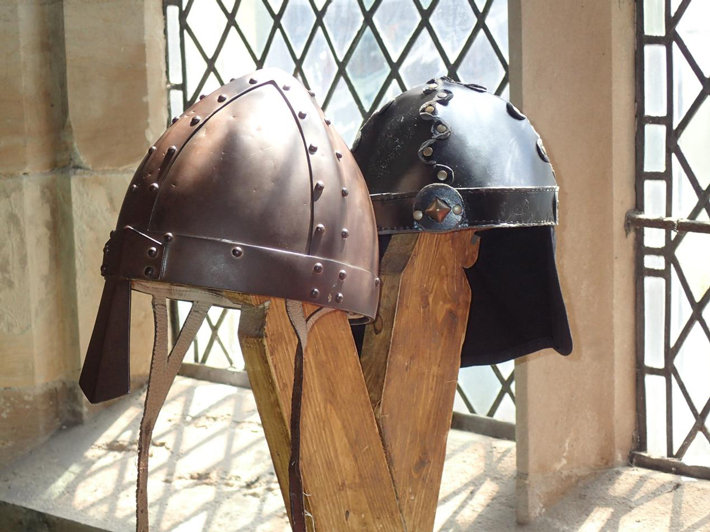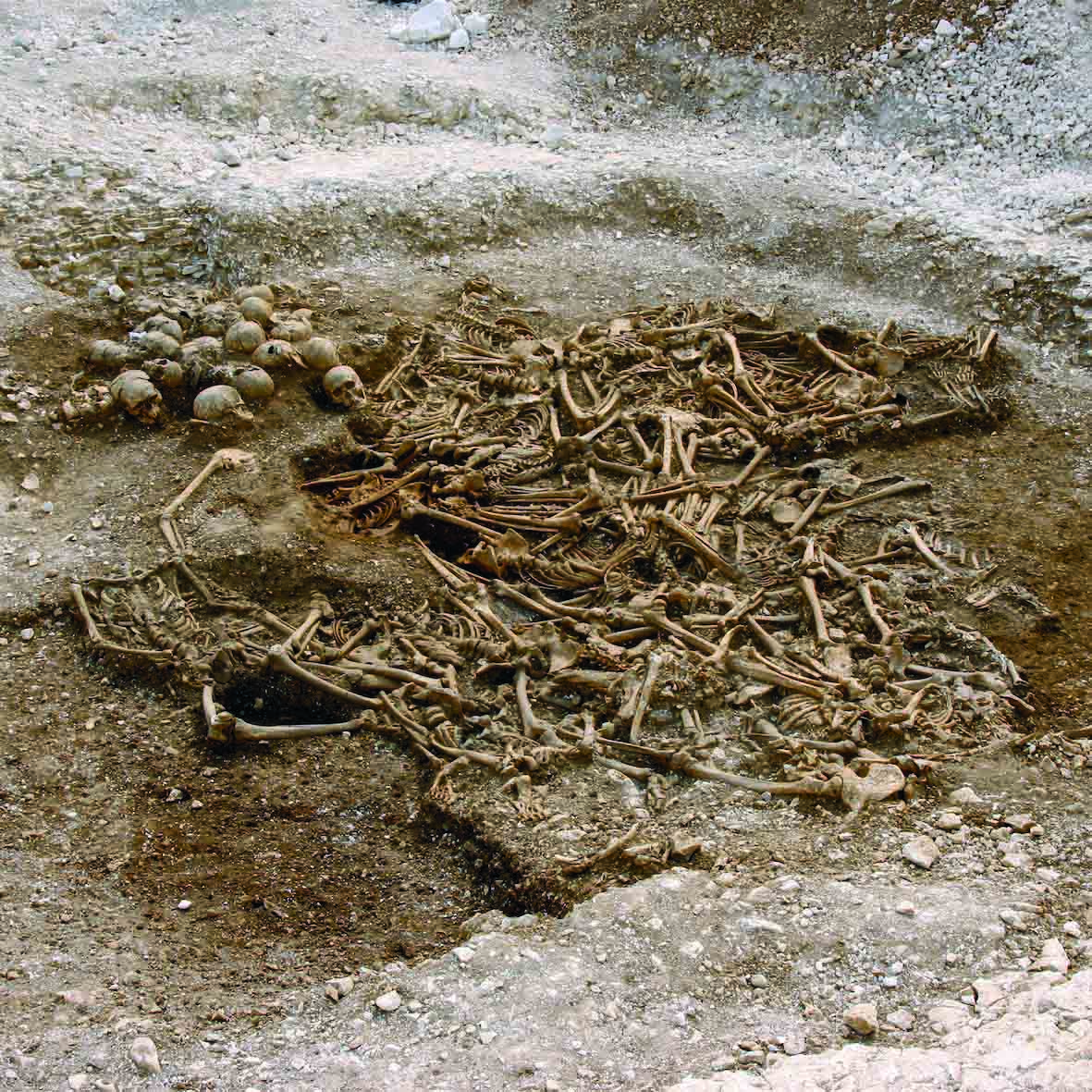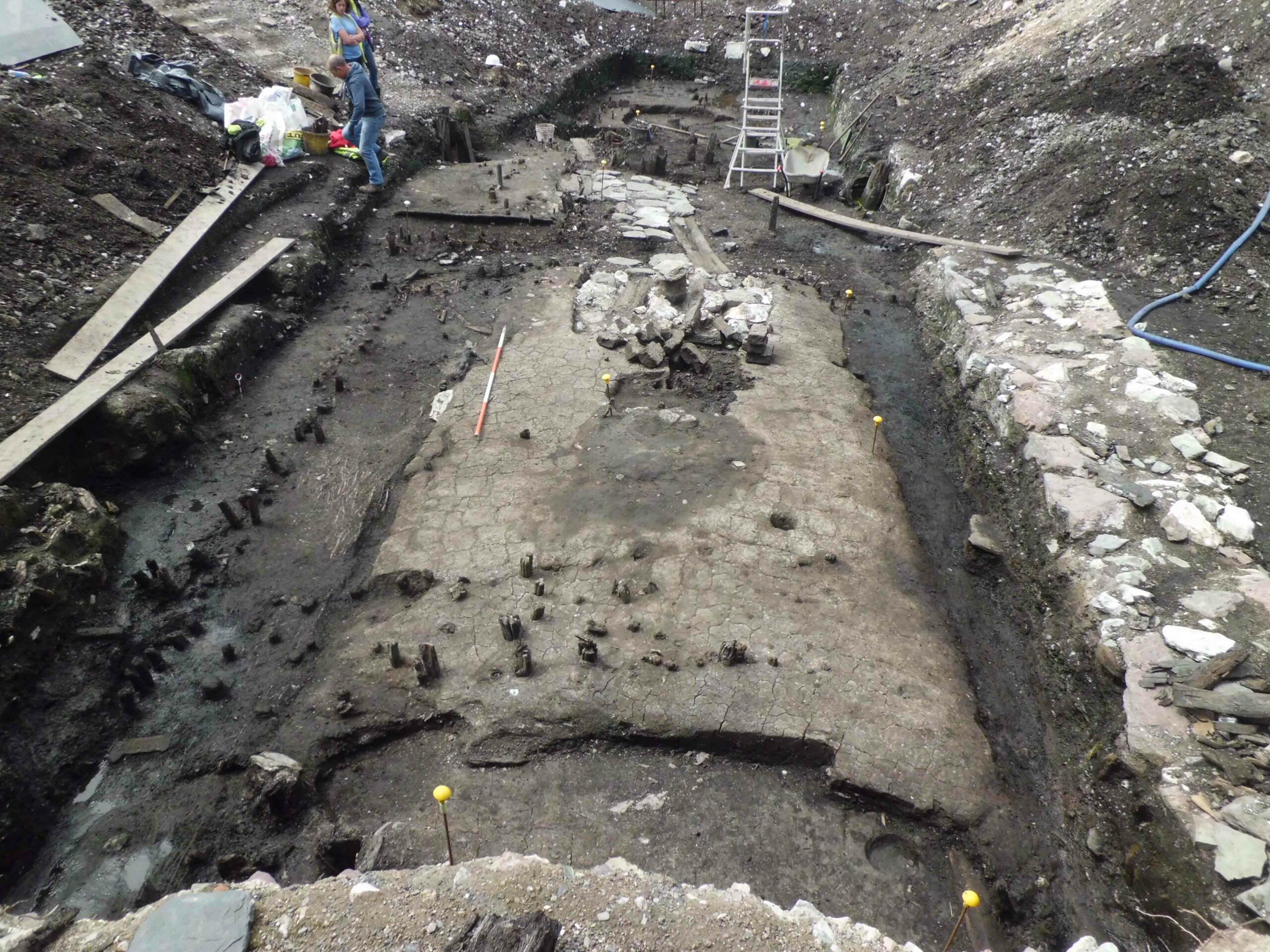
BELFAST, NORTHERN IRELAND—A new analysis of data collected at Ireland’s early medieval archaeological sites suggests the island’s population had been in decline for about 200 years before the arrival of the Vikings in the tenth century A.D., according to a report in The Irish Times. Researcher Rowan McLaughlin of Queen’s University Belfast said the population decline appears to have been a gradual process, likely due to war, famine, plague, or political unrest. Although there were few Viking settlers, he explained, their population expanded, so that traces of Viking heritage are found in the genes of many Irish people today. It had been previously thought that Ireland’s native population increased steadily until the Great Famine of the 1840s. For more, go to "The Vikings in Ireland."










